America’s candy aisle is a colorful, chaotic wonderland—beloved by locals, but often baffling to international visitors. While many of these sweets are drenched in nostalgia for Americans, they can seem downright strange to anyone encountering them for the first time. Odd textures, unexpected flavors, and head-scratching names make them uniquely U.S.—and totally confusing to outsiders. Some are sticky, some are spicy, and others are just plain puzzling. Whether you grew up loving them or still don’t quite get the hype, these iconic treats continue to spark curiosity around the globe. Here are 12 U.S. candies that truly defy translation.
1. Tootsie Rolls
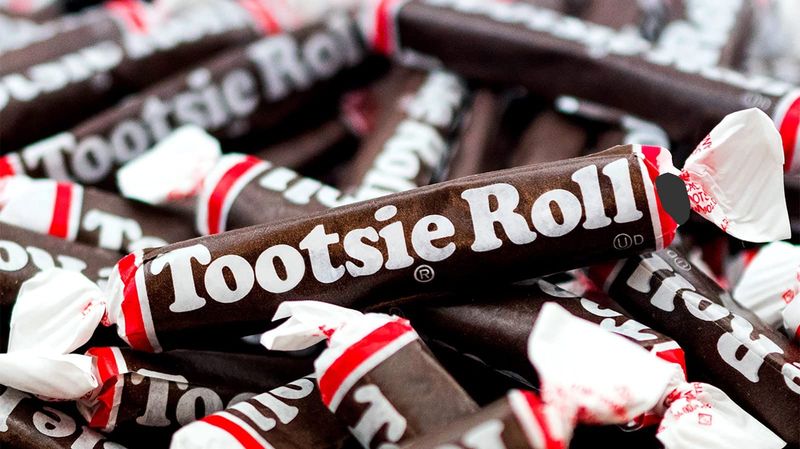
What exactly is a Tootsie Roll? That’s the million-dollar question foreigners ask when they first encounter these brown, chewy cylinders. Neither chocolate nor caramel, they exist in a curious limbo of candy classification.
Created in 1896 by Austrian immigrant Leo Hirshfield, these treats have a distinctive taffy-like texture that doesn’t quite melt in your mouth. Instead, they require committed chewing that leaves many international visitors wondering why Americans voluntarily subject their jaws to such a workout.
The flavor isn’t quite chocolate either—more like a distant chocolate cousin with an identity crisis. Yet somehow, these confusing candies remain an American staple, appearing in Halloween bags and grandparents’ candy dishes nationwide.
2. Milk Duds
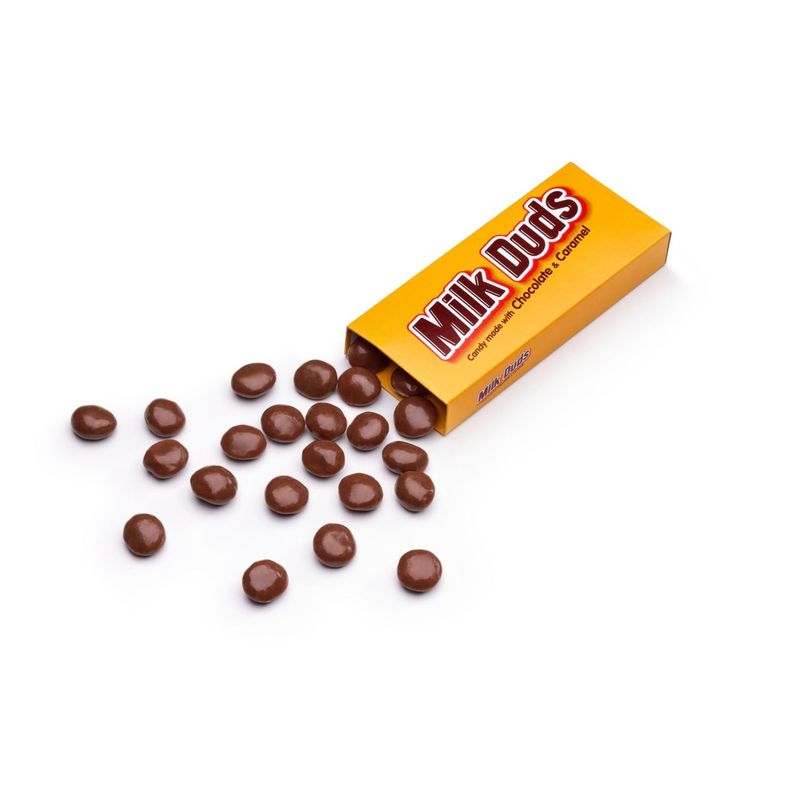
Foreigners often wonder why Americans would name a candy ‘Duds’—a word that literally means failures. These small, lumpy chocolate-covered caramel balls don’t look particularly appetizing either, resembling something closer to chocolate-covered pebbles than premium confections.
The real shock comes with the first bite. That innocent-looking sphere transforms into a jaw-cementing adhesive that seems designed by dentists seeking more business. The caramel inside sticks to every tooth crevice with remarkable determination.
While Americans nostalgically associate Milk Duds with movie theaters and childhood treats, international visitors are often left massaging their jaws and wondering if they’ve accidentally eaten some sort of practical joke candy rather than a beloved American classic.
3. Lemonheads
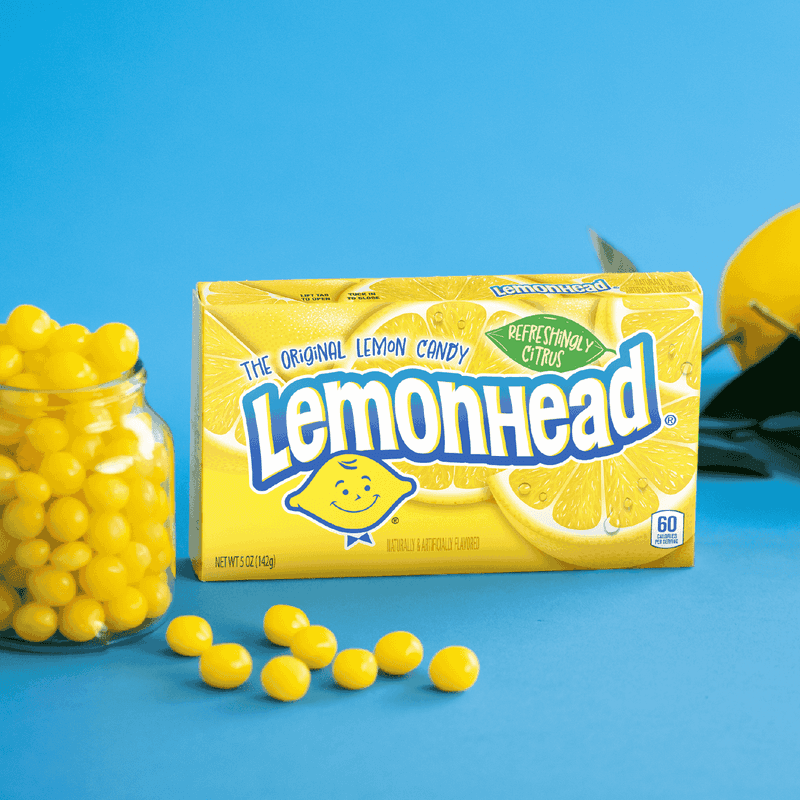
Bright yellow and innocently round, Lemonheads lure unsuspecting foreigners with their cheerful appearance. The candy’s name and sunny color suggest a pleasant lemon-flavored experience. That assumption couldn’t be more wrong!
The first taste delivers an eye-watering, face-puckering sourness that’s like biting directly into a lemon rind. Many international visitors report involuntary facial contortions upon their first Lemonhead experience. The extreme tartness eventually gives way to a sweeter center, but that initial sour assault remains memorable.
Invented in 1962, these intense candies reflect America’s strange love affair with extreme flavors. While Americans have developed a tolerance for this citrus intensity, visitors often wonder why anyone would voluntarily subject themselves to such taste bud torture.
4. Necco Wafers
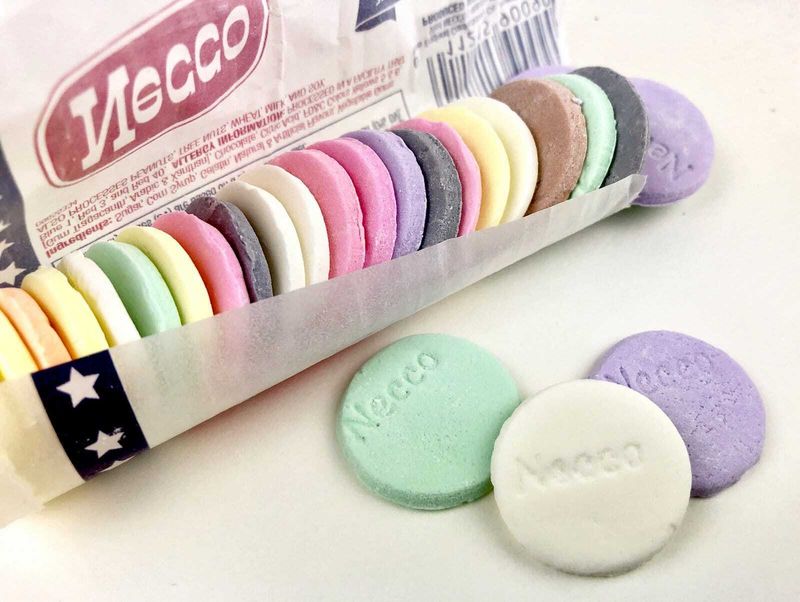
Opening a roll of Necco Wafers is like stepping into a time machine. These chalky, pastel-colored discs have remained virtually unchanged since 1847, making them one of America’s oldest continuously produced candies.
International visitors often mistake them for antacids or children’s art supplies. The flavors—including clove, licorice, and wintergreen—feel like they were chosen by someone who’s never actually eaten candy before. Their dry, powdery texture crumbles in your mouth with all the pleasure of eating sweetened chalk.
Each wafer seems designed to leave you thirstier than before you ate it. Americans often defend these historic candies with nostalgic fervor, but foreigners remain puzzled by what appears to be edible archaeology rather than an actual treat meant for enjoyment.
5. Zotz
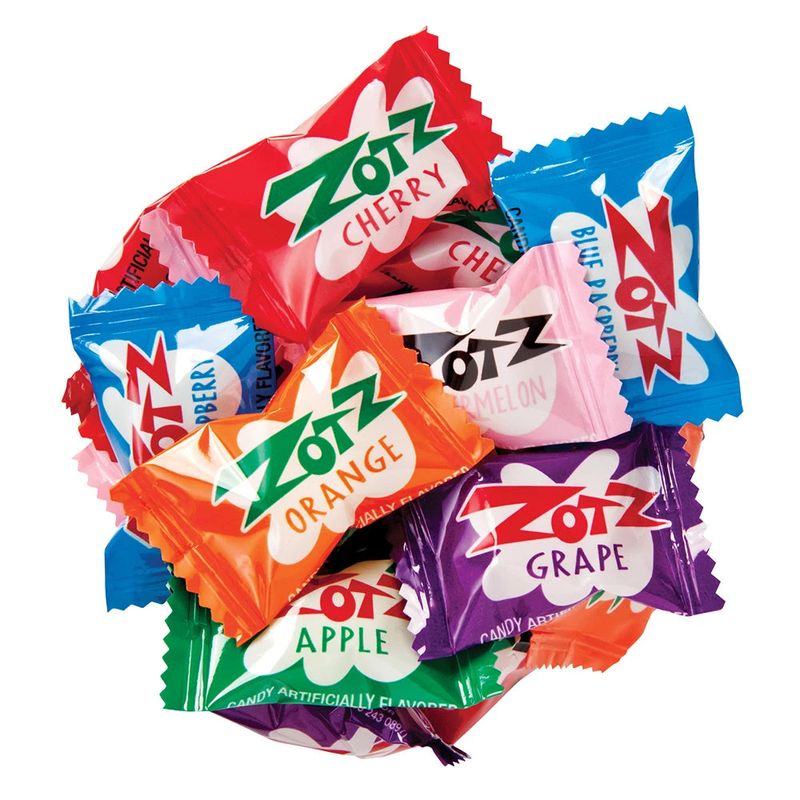
The Zotz experience begins innocently enough—a hard candy in fruity flavors that seems normal at first. But lurking inside each innocent-looking disc is a powdery center waiting to ambush unsuspecting foreign palates with an explosive, fizzing sensation.
When the hard shell finally cracks, the hidden powder creates a volcanic reaction in your mouth. First-timers often panic, wondering if the candy is supposed to foam up like a science experiment gone wrong. The fizzing powder creates a sensation somewhere between pain and pleasure that’s utterly baffling to the uninitiated.
While American kids delight in tricking friends into trying these reactive candies, international visitors often wonder if they’ve accidentally consumed some sort of cleaning product rather than a legitimate sweet treat.
6. Mary Janes
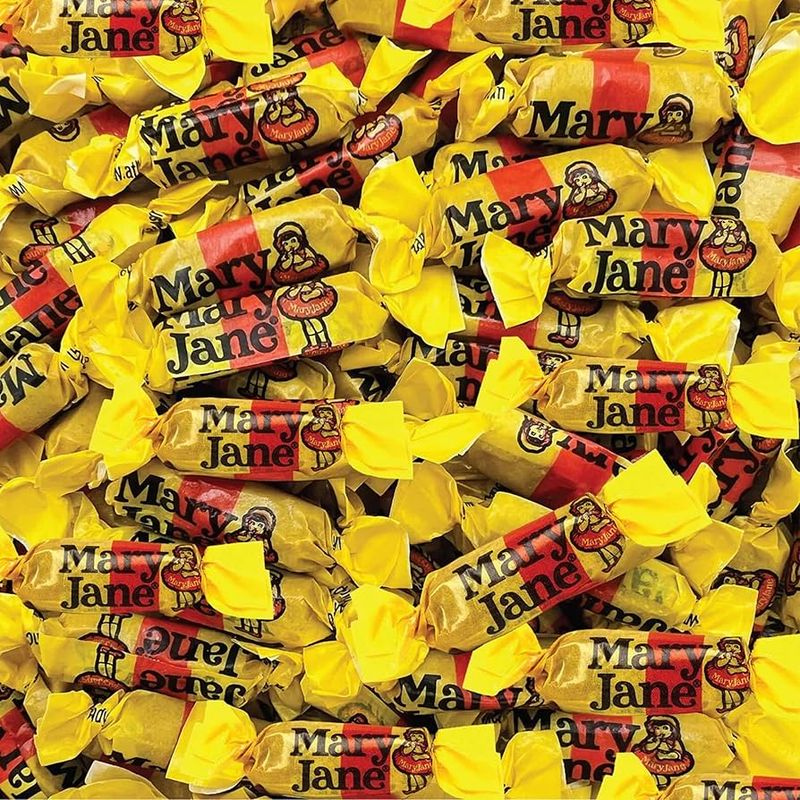
Wrapped in their distinctive yellow and red wax paper, Mary Janes look like they belong in a historical museum rather than a modern candy aisle. These molasses and peanut butter taffy squares have been confusing foreign palates since 1914.
The flavor combination is uniquely American—a strange marriage of sticky molasses with subtle peanut butter undertones. Their chewy texture seems specifically engineered to remove fillings and challenge even the strongest jaws. Many international candy enthusiasts describe the experience as ‘chewing on sweetened industrial adhesive.’
While these vintage candies evoke warm nostalgia for many Americans who remember finding them in their grandparents’ candy dishes, visitors from abroad are often left wondering why anyone would voluntarily choose these over more modern confectionery options.
7. Red Hots
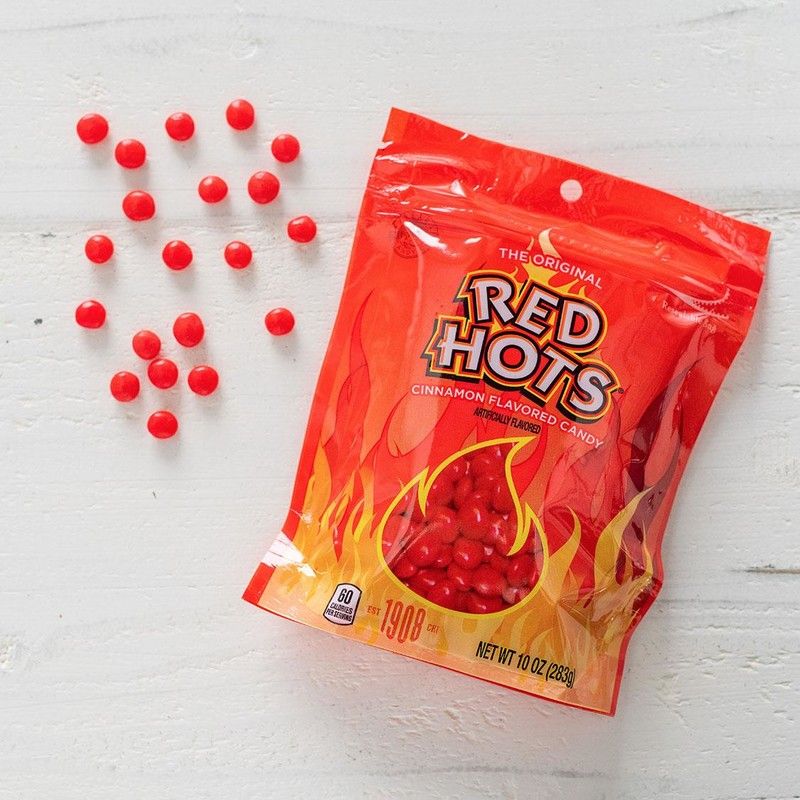
Small, innocent-looking red pellets that pack a surprising punch—that’s the Red Hots experience in a nutshell. Foreign visitors often mistake these tiny candies for regular cinnamon treats, only to be ambushed by their surprisingly aggressive heat level.
The intense artificial cinnamon flavor doesn’t resemble the warm, comforting spice used in baking around the world. Instead, it’s more like someone concentrated the essence of fire into tiny sugar bombs. Many international candy tasters report a burning sensation that lingers uncomfortably, making them question whether they’re eating candy or some sort of culinary practical joke.
Americans have somehow normalized this mouth-scorching experience as a standard candy option. Meanwhile, visitors from countries with more subtle flavor profiles wonder if American taste buds are simply immune to pain.
8. Circus Peanuts
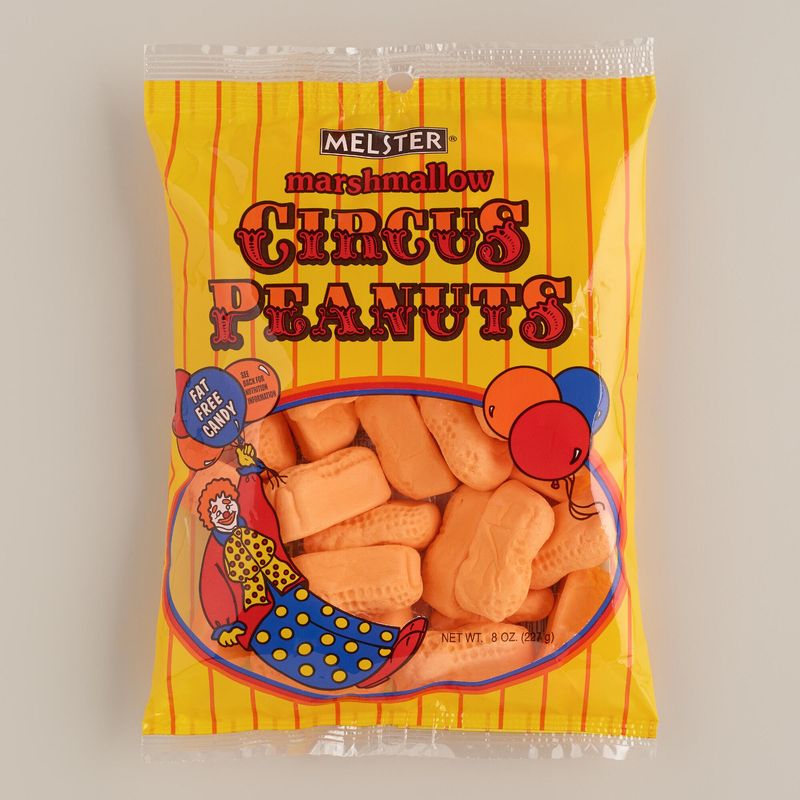
Orange, peanut-shaped, banana-flavored marshmallows. Just describing Circus Peanuts reveals why they confound international visitors. Everything about these spongy confections seems designed to create maximum confusion.
The texture falls somewhere between stale marshmallow and foam packing material, with a strange resistance that gives way to an airy, yet somehow gritty chew. Most baffling is the flavor profile—despite their bright orange appearance, they taste like artificial banana. This flavor/color/shape disconnect creates a sensory experience that feels like a practical joke.
Even many Americans admit these are bizarre, yet they’ve persisted in candy aisles since the 1800s. Foreign visitors often take one bewildered bite before discreetly searching for a place to dispose of the remainder, wondering if they’re missing some crucial cultural context.
9. Candy Corn
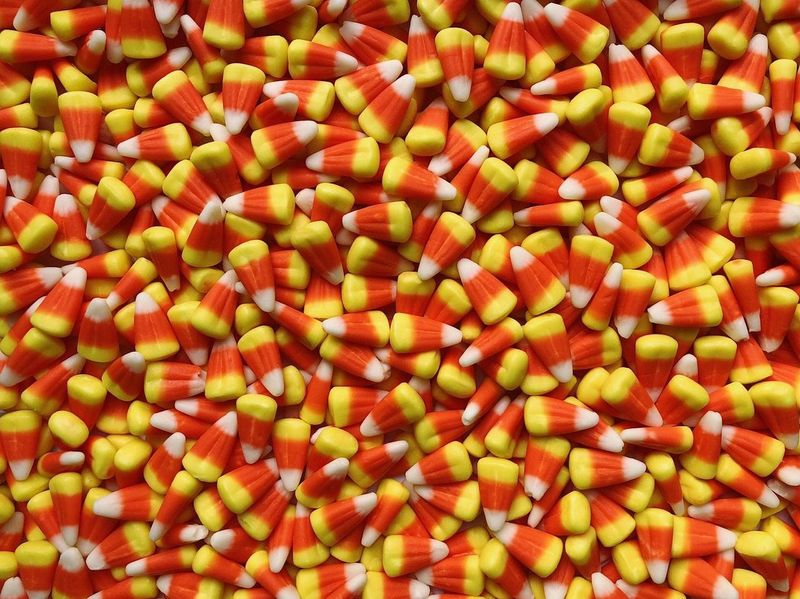
Few American candies generate as much passionate debate as these tricolored triangles. Candy corn’s strange waxy texture feels more like decorative candles than something meant for human consumption. Foreigners are often startled by how the candy doesn’t so much melt as it does slowly dissolve into sweet, grainy paste.
The flavor is equally perplexing—an intensely sweet honeyed vanilla that doesn’t resemble any natural food. Despite being a Halloween staple for over a century, even many Americans admit they don’t actually enjoy eating them. They’ve become more of a seasonal decoration than a treat.
International visitors are often mystified by America’s annual tradition of purchasing millions of pounds of a candy that seemingly nobody truly enjoys. The cultural attachment to these waxy triangles remains one of America’s most enduring candy mysteries.
10. American Black Licorice

American black licorice creates confusion among international visitors, especially those from European countries with their own licorice traditions. The American version tends to be softer, sweeter, and less intensely flavored than its European counterparts, yet somehow more polarizing.
Brands like Twizzlers and Red Vines offer a milder anise flavor that lacks the powerful punch of salted Dutch licorice or the herbal complexity of Italian varieties. Many foreigners describe American black licorice as tasting somewhat medicinal, like sweetened cough syrup in a chewy format.
What truly baffles international candy connoisseurs is America’s tendency to create red ‘licorice’ that contains no actual licorice at all. This flavor bait-and-switch perfectly encapsulates America’s confusing relationship with this ancient candy variety.
11. Black Jack Chewing Gum
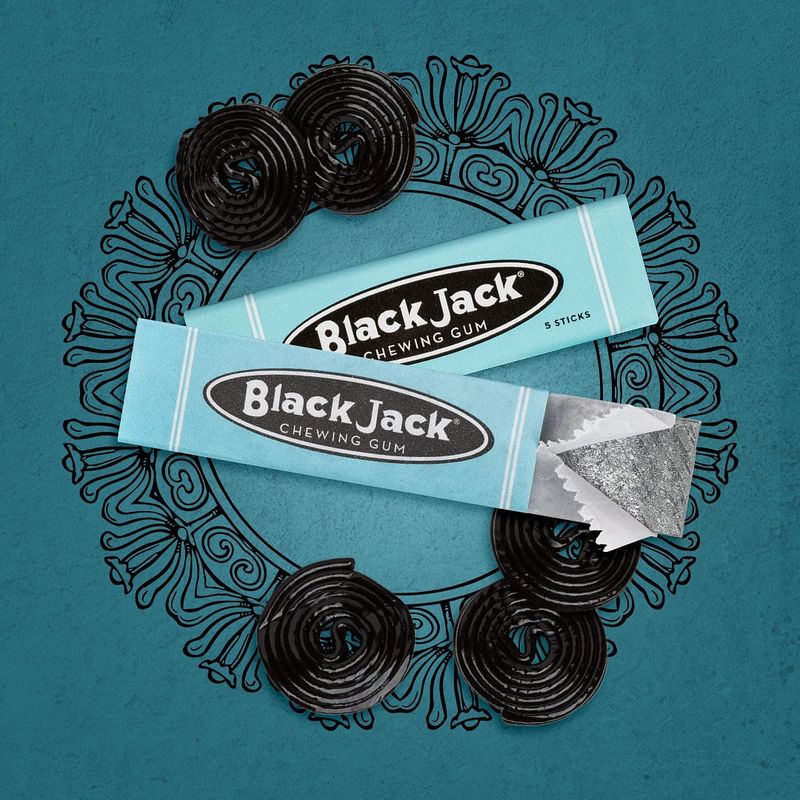
First introduced in 1884, Black Jack holds the distinction of being America’s first flavored chewing gum. This historic tidbit doesn’t prepare foreign visitors for the shocking experience of putting what looks like a piece of tar into their mouths.
The intense anise flavor hits immediately—a powerful licorice punch that’s more reminiscent of old-fashioned medicine than modern candy. The distinctive black color further adds to the confusion, staining tongues and leaving many international gum-chewers checking mirrors in alarm.
While Americans of a certain generation might feel warm nostalgia for this vintage gum, younger Americans are often just as confused as foreign visitors. In a world of fruit and mint gums, Black Jack remains a curious relic of America’s strange candy past that continues to bewilder modern palates.
12. Dots
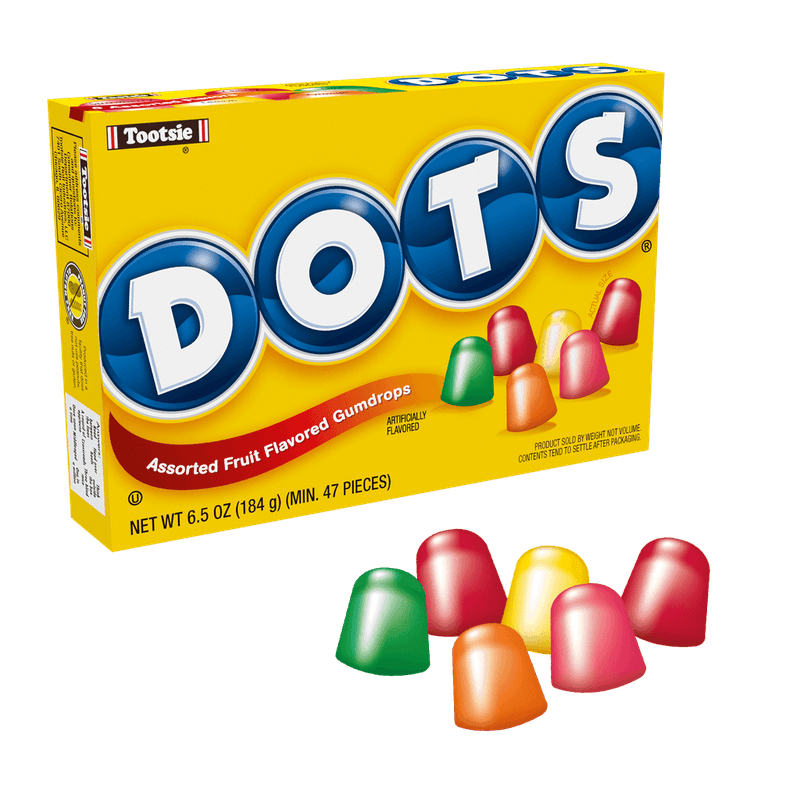
Those colorful gumdrops stuck to a paper strip look harmless enough, but Dots have earned international infamy for their unique ability to adhere to dental work with supernatural strength. Foreign visitors are often shocked by how effectively these innocent-looking candies can cement themselves to every tooth surface.
The flavors themselves present another mystery. Despite their bright colors suggesting intense fruit flavors, many international candy enthusiasts describe Dots as tasting vaguely fruity at best—like someone whispered the concept of lime or cherry from another room.
The texture combines a firm exterior with a gummy interior that seems specifically designed to maximize dental extraction potential. Americans somehow maintain nostalgic affection for these tooth-cementing confections, while visitors from abroad are left wondering if they’re missing some cultural context that explains their enduring popularity.
Leave a comment